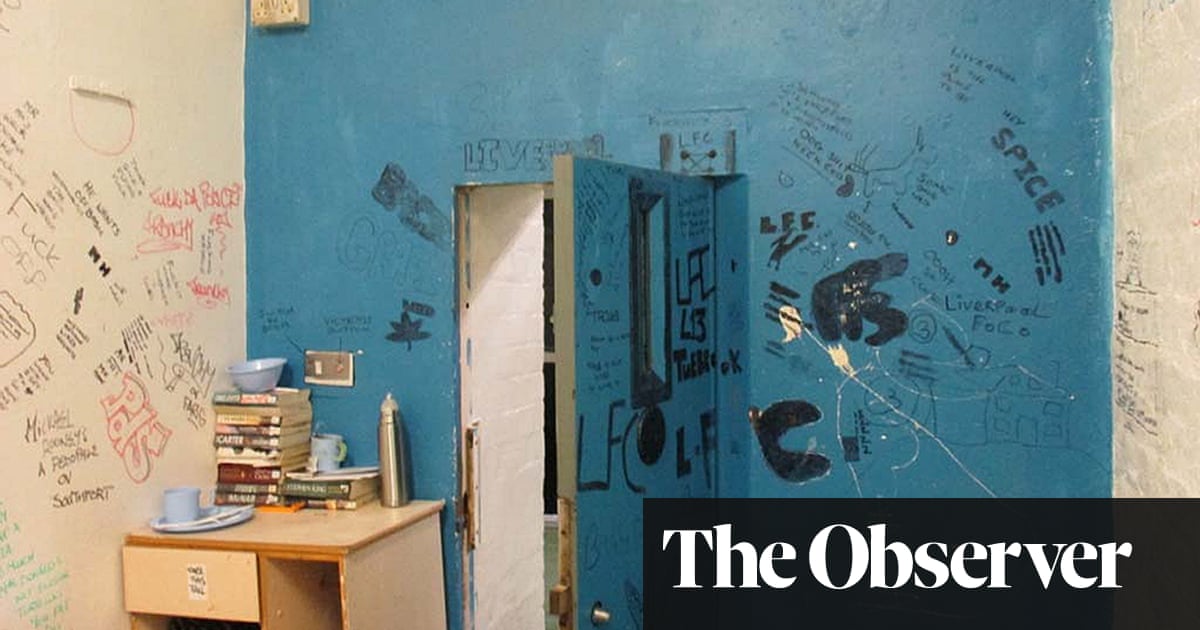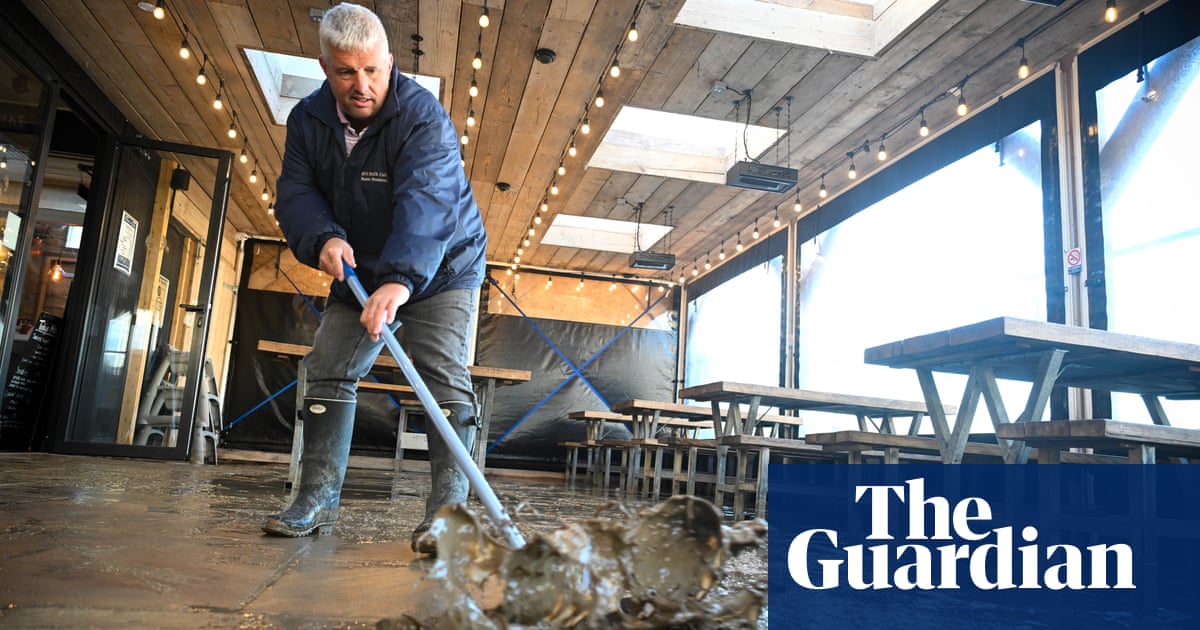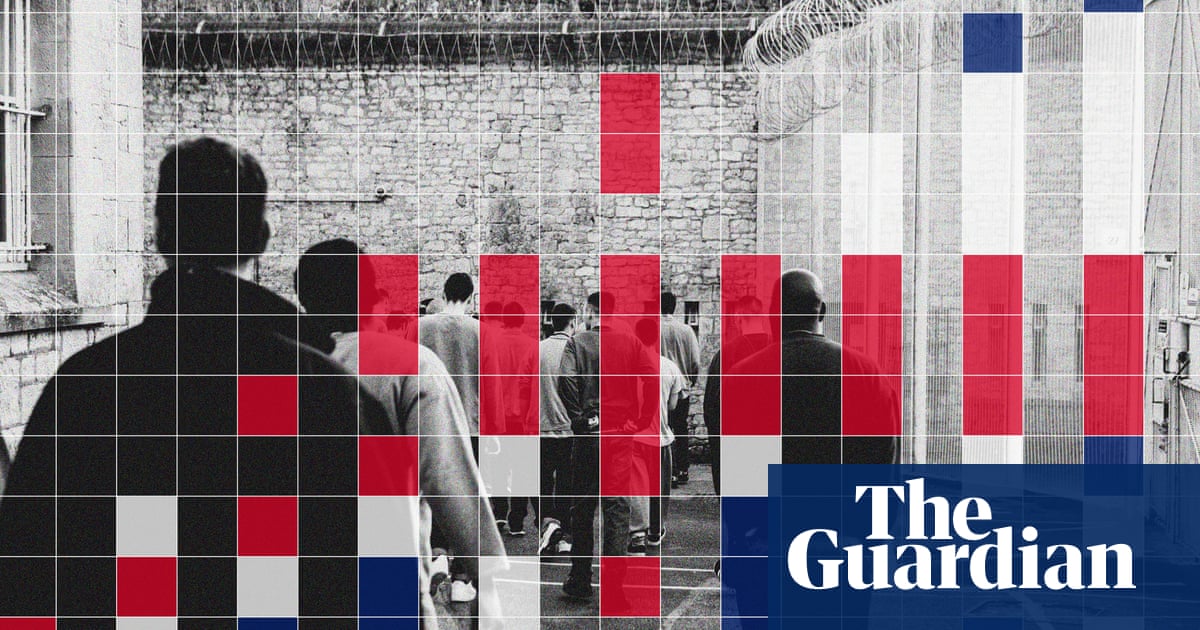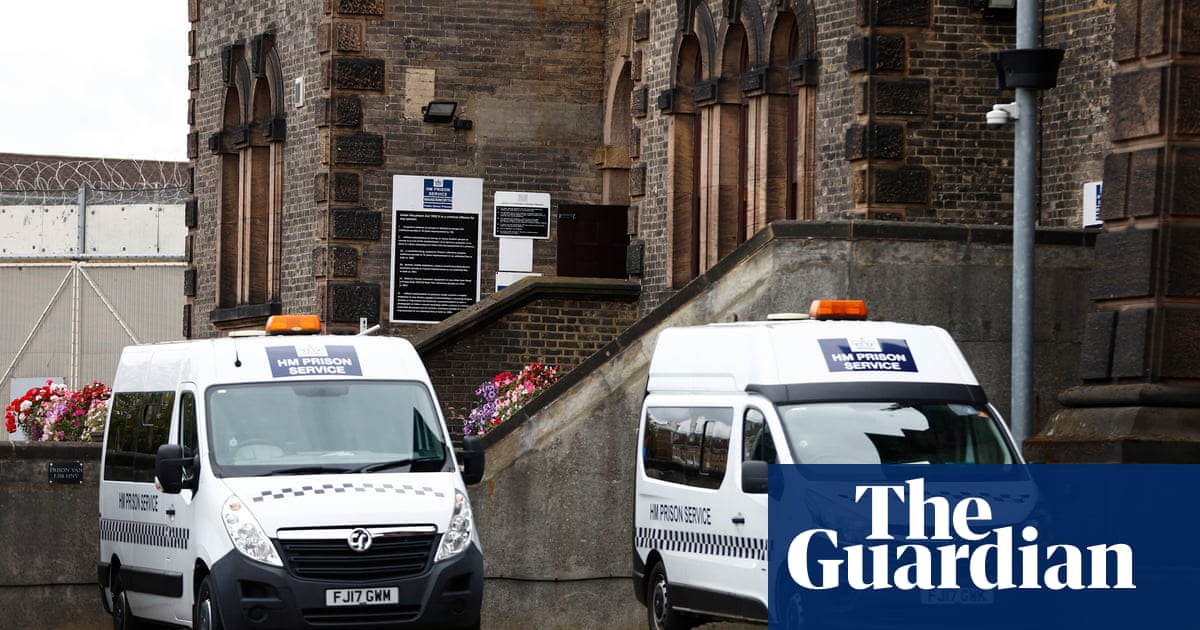
The vast majority of prisons are providing inadequate conditions or unacceptable treatment, according to an Observer investigation that has led to claims of prisoners being “warehoused” in a system in crisis.
An analysis of hundreds of inspections found that three-quarters of prisons in England and Wales are now providing insufficient standards in at least one respect.
More than a third were deemed to be insufficiently safe. On Saturday night, several senior figures warned that prisons were in the worst condition they had known.
The chief inspector of prisons, the Tory chair of the justice committee and senior prison staff all warned that the findings had been fuelled by overcrowding. The prison population stands at 86,763, with just 947 empty cells in England and Wales. However, insiders said that the supposedly “spare” cells were often in the wrong places or inappropriate for incoming prisoners.
The news comes with instances of prison deaths, suicides and serious assaults on inmates and staff increasing. There has also been an alarming rise in the rates of self-harm in women’s prisons – up 51% in the year to June.
Andrea Albutt, president of the Prison Governors Association, called for an urgent early release scheme. She said recent policies designed to hand out tougher sentences, together with crowded prisons, a backlog of remanded prisoners and a smaller, inexperienced workforce meant it was now necessary.
“We are stuffed to the gunwales,” she said. “We are doing little more than warehousing people. The result is that we’re delivering really poor regimes in many of our prisons, with prisoners locked up for 22 hours a day. In a nutshell, it’s dangerous.
“This is absolutely the worst I’ve ever seen. They have got to look at an early release scheme of some kind … It is very straightforward. The big thing to sort out the crisis we’ve got is to reduce the population by thousands.”
All prisons are inspected to see if they satisfy basic standards for safety, respect for prisoners, access to purposeful activities and rehabilitation. In each area, they are deemed as being good, reasonably good, insufficiently good or poor.
The Observer examined 245 full inspections covering 123 of the prisons in operation. The most recent inspections for each prison stated that 95 were poor or not sufficient in at least one area. Two-thirds were failing to provide adequate purposeful activity.
Experts said it was a sign that prisons had failed to lift Covid measures that saw prisoners locked up for long periods. More than 40% of prisons recorded a worse score compared with their previous inspection.
Just in the last fortnight, inspectors raised the alarm over the conditions in Bristol, now regarded as one of the unsafest prisons in the country. Eight men had killed themselves since the last inspection, while one had been charged with the murder of a cellmate. Emergency cell call bells often went unanswered, and the prison was found to be “violent and riddled with drugs”.
Charlie Taylor, the chief inspector of prisons, told the Observer: “These worrying findings correspond closely with those of our own annual report, published last month, and with the issues that led me to write to the secretary of state issuing an urgent notification for improvement at Bristol prison.
“The situation in many institutions is concerning and, as population pressures compound this, we need to see resolute support from the centre for every prison and every prison governor. We cannot allow a situation to persist where prisoners are simply warehoused in deteriorating conditions, with the real risk of harm not only to them as individuals but also to the public if their rehabilitation has not been supported during their time in custody.”
Bob Neill, the Tory chief of the justice select committee, said: “It is an extremely serious situation as we are looking at a prison population which could rise above 100,000 in the next four years.
“Our own research shows that half of prison officers do not feel safe at work and more than three-quarters of those surveyed reported that morale was not good. It all points to a high-pressure environment, and the government needs to set out what measures it is taking to address this wholly unacceptable situation, both in the short and long term.”
Nick Hardwick, the former chief inspector of prisons who is now professor of criminal justice at Royal Holloway, University of London, said prisons were in “the most dangerous state I can remember”.He added: “The increase is not just because we are sending more people to prison but because we are sending people to prison for much longer – the taps are full on and the outflow is blocked.”
Campaigners called for the return of the end of custody licence scheme, an early release programme introduced by Labour in 2007 to deal with overcrowding. It was abolished in 2010.
“Today’s government must recognise the gravity of the situation and look to a similar initiative if the prison system is to have any chance of recovery,” said Andrew Neilson, director of campaigns at the Howard League for penal reform.
The Ministry of Justice said the overall rate of assaults remained 23% lower than prior to the pandemic. The government said it was still committed to creating 20,000 modern prison places.
A spokesperson said: “This government is doing more than ever to deliver safe and secure prisons that rehabilitate offenders, cut crime and protect the public. Assaults are nearly a third lower than in 2019 as a result of these efforts, and our £100m investment in tough security measures – including X-ray body scanners – is stopping the weapons, drugs and phones that fuel violence behind bars.
“At the same time, we are pressing ahead with the biggest expansion of prison places in over a century, recruiting up to 5,000 more prison officers and creating a prisoner education service so offenders get the support and skills they need to put crime behind them.”












